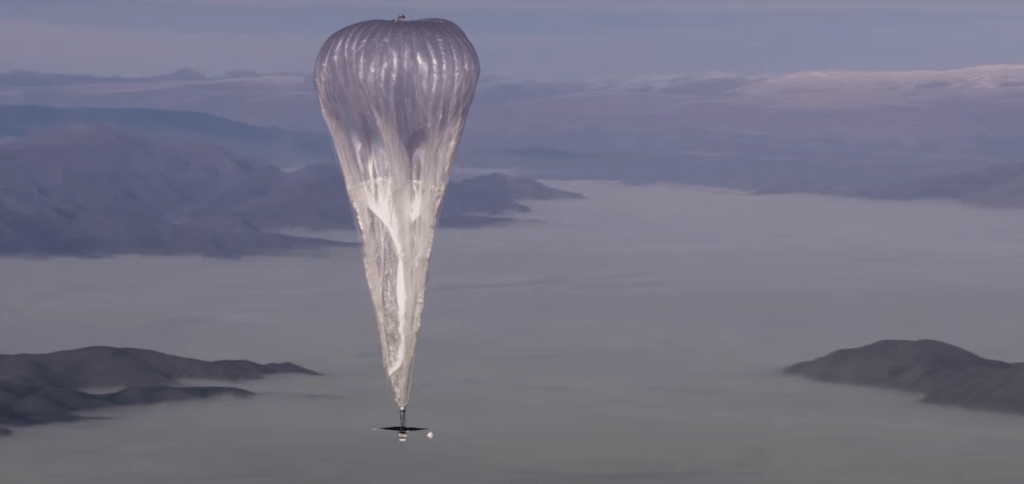When Google launched Project Loon a few years ago, the plan was to provide internet access to underserved areas with the help of a series of balloons that would constantly circumnavigate the earth. When one balloon moved out of range, another would move in behind it. Today, Google is still Google but it’s also Alphabet — and as Alphabet’s “Captain of Moonshots” at X Astro Teller explained today, the team recently found a way to keep the Loons in one spot for an extended time, and that will likely be how the company will operate its Loon-based internet service in the future.
That means Project Loon will be able to work with significantly fewer balloons in flight at any given time. According to Teller, the team hit upon the algorithm that makes this work almost by accident. “By early 2016, the team was seeing a few balloons behave in a slightly weird way: lingering in an area rather than sailing away,” he writes in today’s announcement. “In the weirdness, they saw opportunity. They asked themselves the once-impossible question: could our algorithms help the balloons to stay much closer to the location they were already in?”
Using this new system, the team managed to have balloons loiter in Peruvian airspace (after launching from Puerto Rico) for up to three months.
When the project started, the team first had to learn how to make a balloon fly around the globe. Then, as the team learned how to better steer the balloons (and predict local winds), the team figured out how to have the Loons loop around an ocean or continent. Those loops grew tighter over time — and having the balloons loiter over a small area is the logical conclusion of that experiment.
Whether Alphabet will ever be able (or willing) to turn Loon into a fully fledged internet service remains to be seen. Having fewer balloons in the air at any given time, though, will surely make it cheaper to operate — and the current version of Alphabet is all about making a profit, after all.































Comment